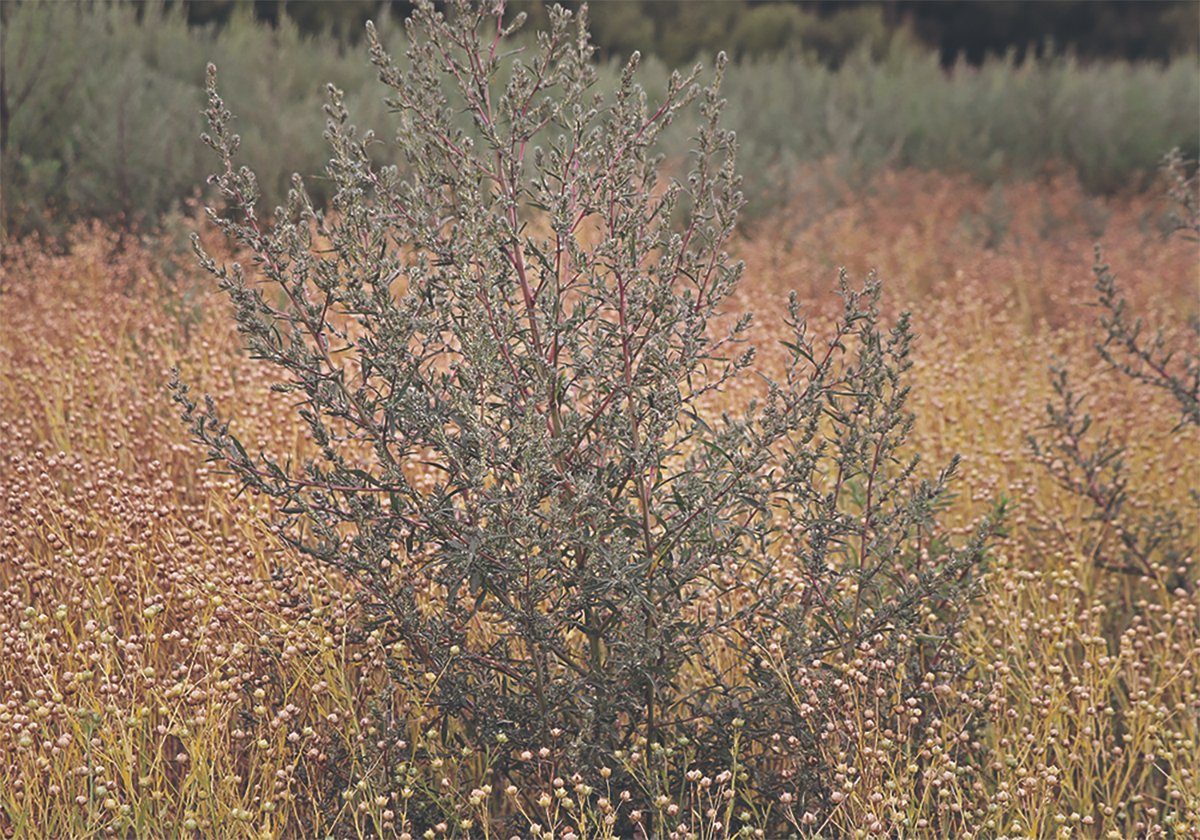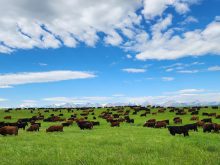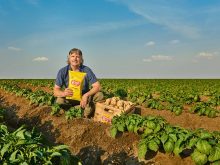When reflecting on my coverage of the recent Holistic Management conference, the word that come to mind is “different.”
Such a different group of people.
What different farming techniques.
Read Also

Kochia has become a significant problem for Prairie farmers
As you travel through southern Saskatchewan and Alberta, particularly in areas challenged by dry growing conditions, the magnitude of the kochia problem is easy to see.
These ideas are so different.
While some people in the Prince of Wales Cultural and Recreation Centre in Assiniboia, Sask., knew each other and chose to sit together, many tables were filled with faces unknown to one another. However, that didn’t limit the chitchatting. Each time there was a break in speakers, the buzz of conversation filled my ears and amplified the amount of people in attendance.
It was clear that this people weren’t just conference attendees — they were part of a community.
This feeling was palpable throughout the conference, in a way not often experienced at such events. No matter what topic was being discussed, the importance of community was part of the discussion as speakers and panellists shared the positive impact that strong connections can have on individuals, families and operations.
I learned that community and a way to discuss all sorts of ideas are essential to the practices of holistic management. Any number of ideas and experiences are relayed, with the failures shared as often as the successes — nothing is a secret.
Regarding the information shared about farming methods and strategies, some would likely seem off the wall to other farmers. However, compared to other approaches I’ve heard, these seemed to make the most sense. I could easily wrap my head around the concepts and understood the value of them from my experiences on a small cattle farm.
For example, there’s the idea of bale grazing or placing feeders in a pasture rather than the corral to encourage animals to move, which results in healthier animals and higher conception rates as well as distributing nutrients from the feed, whether it’s cycled through the animal or just what’s left on the ground.
There is much more to holistic management than that, but it show simplicity in basics. Methods such as this also seem like something from the past, when agriculture was on a much smaller scale and and a means of supporting only a household.
But what’s wrong with that? Why not adapt the long-past traditions to a larger scale?
They were sustainable, beneficial in the long term and good for the land and animals, both livestock and wildlife.
And who knows, the holistic or regenerative approach may provide a solution where conventional tactics haven’t. That’s certainly been the experience of a few southern Saskatchewan ranchers dealing with drought.
Janelle Rudolph is a reporter with Glacier FarmMedia.
















